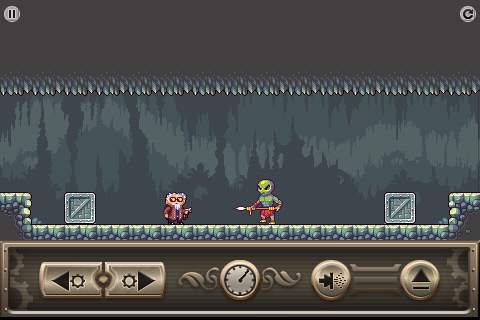
:origin()/pre00/06ec/th/pre/i/2018/148/e/d/cavorite_uprising_by_oliverink-dcct0tb.jpg)
Therefore, if you are using a 0.2mm or 0.15mm 3D printer nozzle, it is integral to use high quality 3D printer filament to reduce the chances of clogging. There is also a reduced window of opportunity for the print to fail as large nozzles print quicker. This is because smaller nozzles have a smaller surface area to become clogged and therefore the chance of this occurring is increased, whereas larger nozzles have a larger area to encompass. Less change of filament clogging: Larger nozzles also reduce the chance of filament getting clogged, and therefore the failure rate of a print. A 0.8mm nozzle will print the same part roughly 4x faster than with a 0.4mm nozzle – these are not marginal gains but exponential speed increases. Advantages of a large 3D printer nozzleįaster printing: Larger 3D printer nozzles deposit more filament at once, finishing prints quicker.
#3d print cavorite full#
Even with 10% infill however these parts are very strong, and print very quickly.įor more info: full article on 3D printer nozzle size The advantages and disadvantages of different 3D printer nozzle sizes. When you use large nozzle sizes, such as a 0.8mm nozzle, parts start to become more rough textured and the ridges denoting each layer become more obvious. To sum it up briefly: with a larger nozzle you can extrude more filament at once and therefore print faster, though with a smaller nozzle you can print more intricate and precise details. There is a trade-off with using either a large or small 3D printer nozzle. The smallest nozzles start at around 0.1mm, and sizes of 1.2mm or even 1.4mm can be bought, but nozzles between 0.2mm and 0.8mm are most commonly used. The standard 3D printer nozzle diameter is 0.4mm. For a guide to all printer parts, we also have an in-depth guide to all the parts of a 3D printer.




 0 kommentar(er)
0 kommentar(er)
